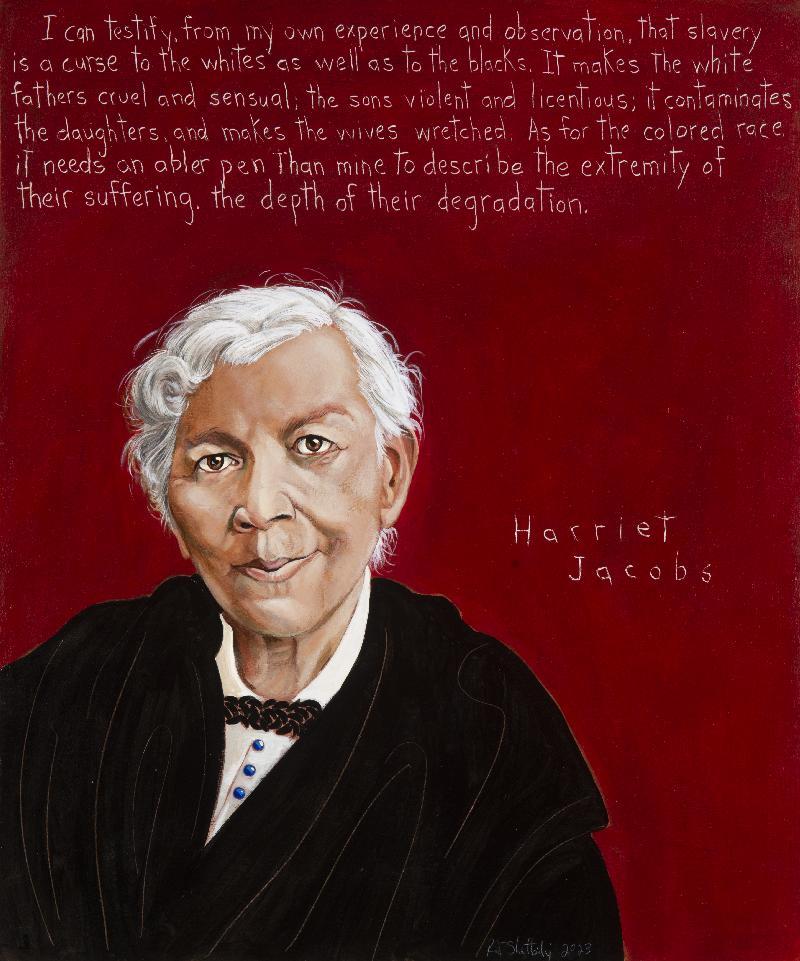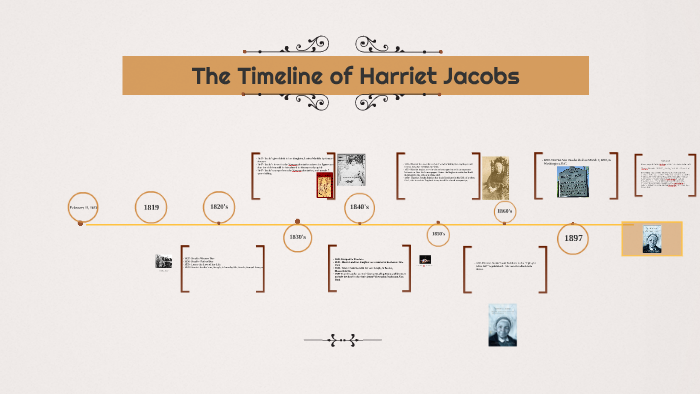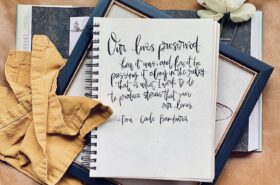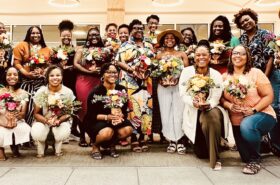I was a fairly young girl the first time I picked up Incidents in the Life of a Slave Girl.

There were many aspects of Harriet Jacobs’s story that have stayed with me for many years. Most striking are her encounters with a certain mistress. The personification of her jealousy played out in incidences of her standing over Ms. Jacobs, watching her while she slept, and the cruel acts she transgressed upon Ms. Jacobs while she was awake, horrified me. I must’ve been in lower middle school the first time I read this book but even still, in my young body and short life of limited experiences, I had a visceral sense that she was not an antagonist in one woman’s story. She was a type and she was all around.
“Recently, I’ve decided to re-read the narratives,” I shared with my sister.
She shuddered a bit. Grimaced even.
I mean, I get it; this isn’t a beach read. I am certain that pain and contemplation will foster frustration. I might even be triggered between those pages, but reading this work is still very necessary to me. It’s important for me to remember the fortitude that helped get me here, that contributed to the survival of my people. It’s imperative that I consume as many details as I can about what the lives of the women who came before me, what they endured and overcame, true things, things I’ve never lived, things I cannot imagine but things I cannot allow to be forgotten because these very things are a testimony of a power that life sometimes seeks to convince me is not available to me. My daughters need to know. And they must tell their sons and daughters.
Thank you, Corinne Bailey Rae, for re-presenting the art and truth of Harriet Jacobs’s life to a new generation in an indelible way.




